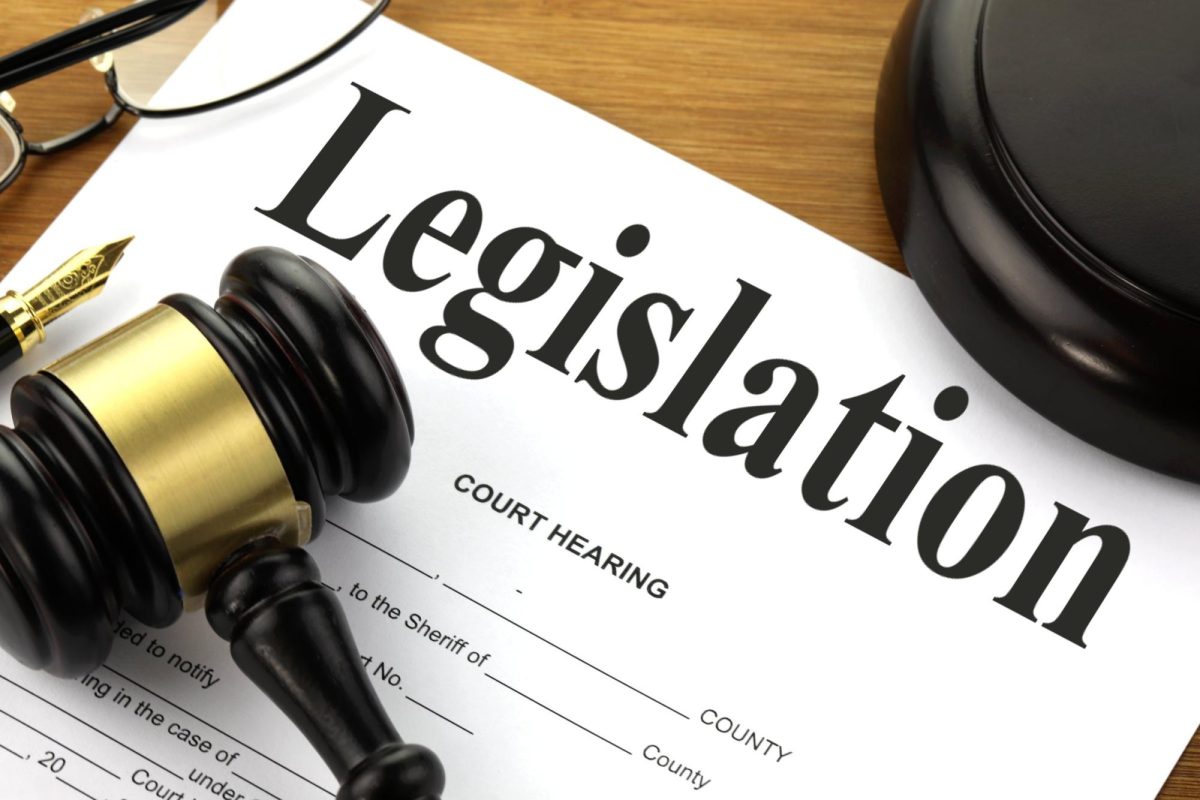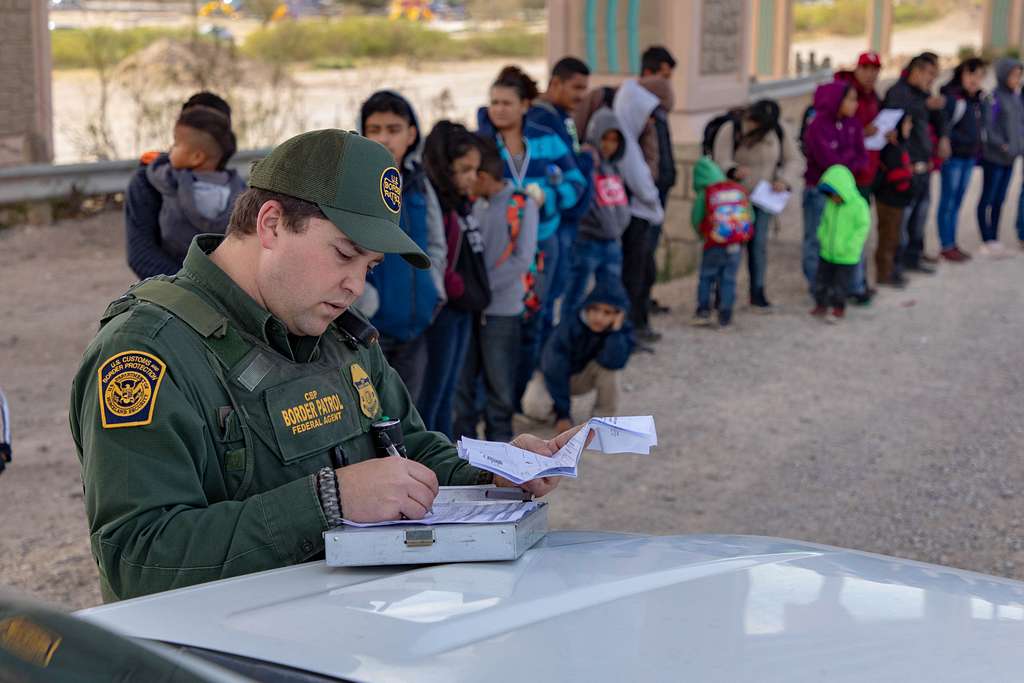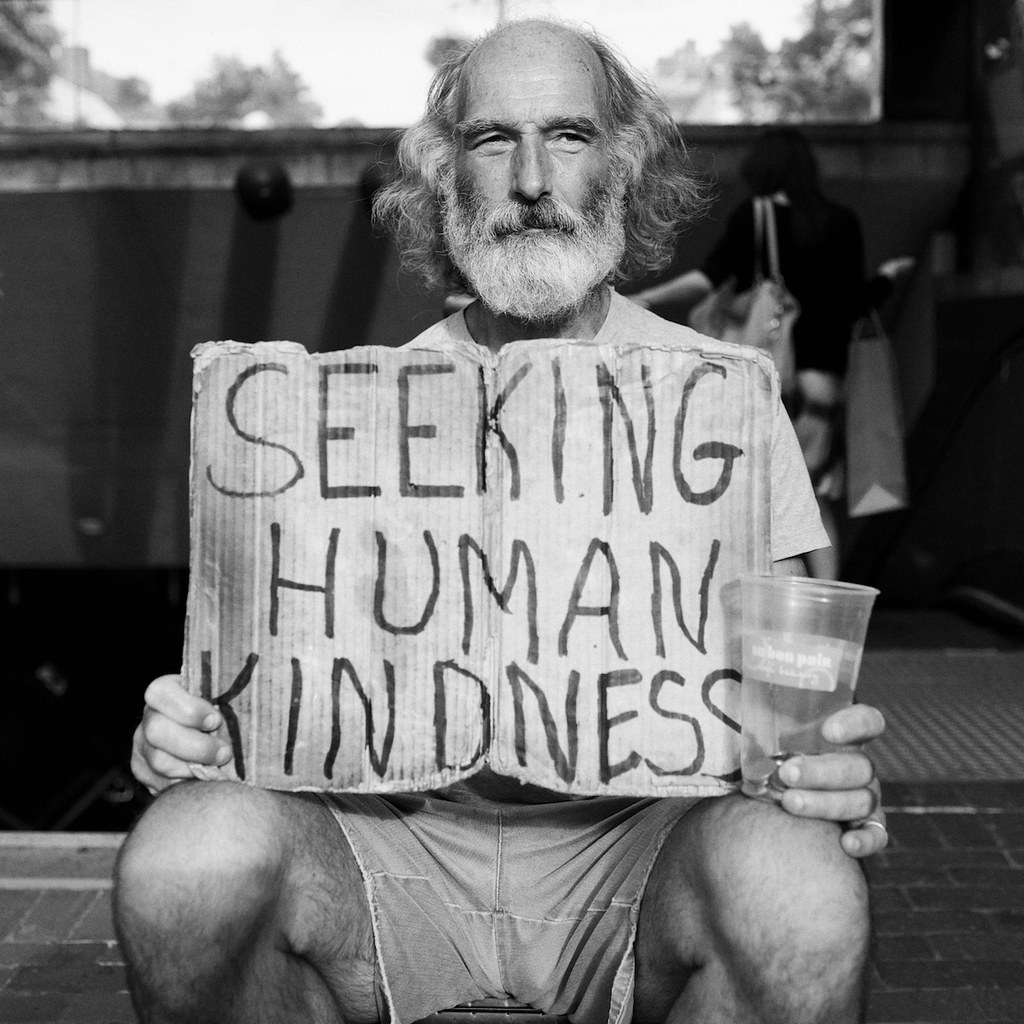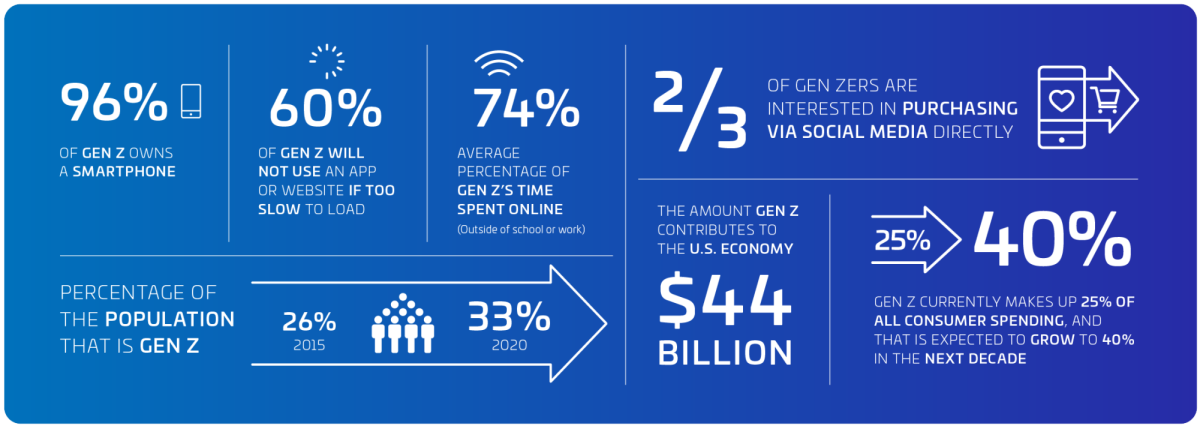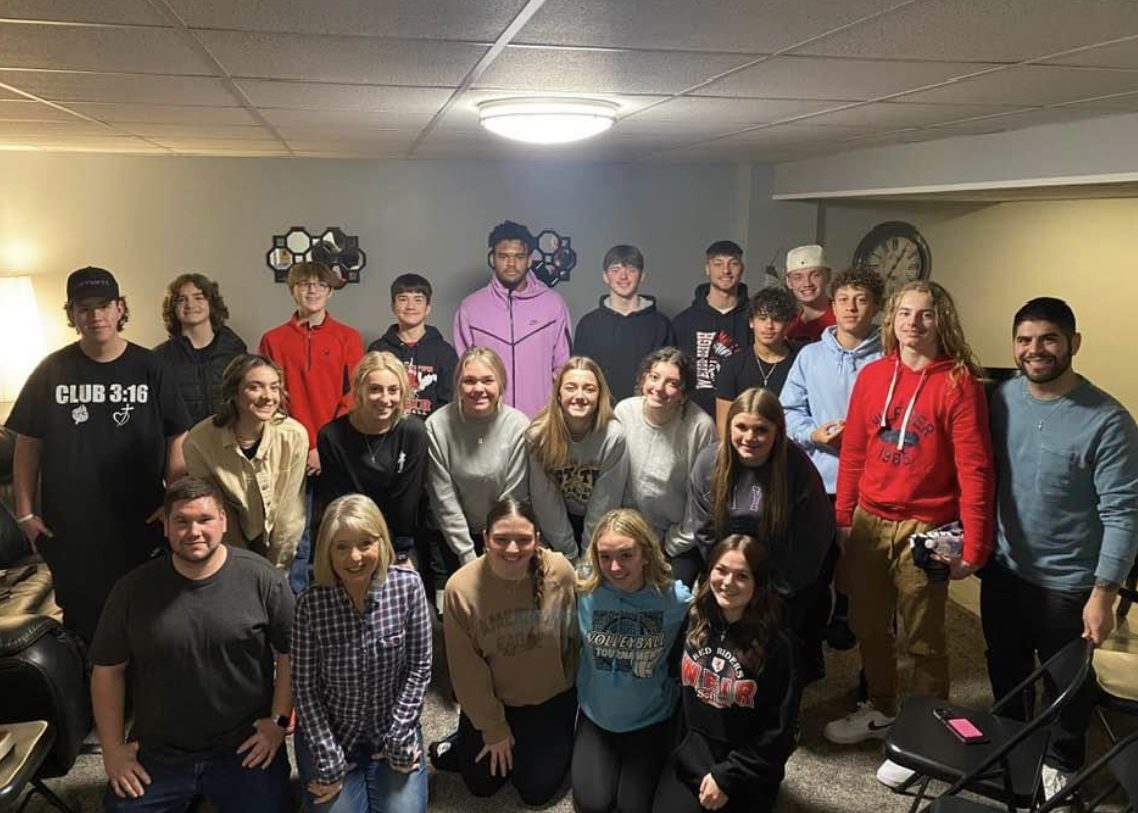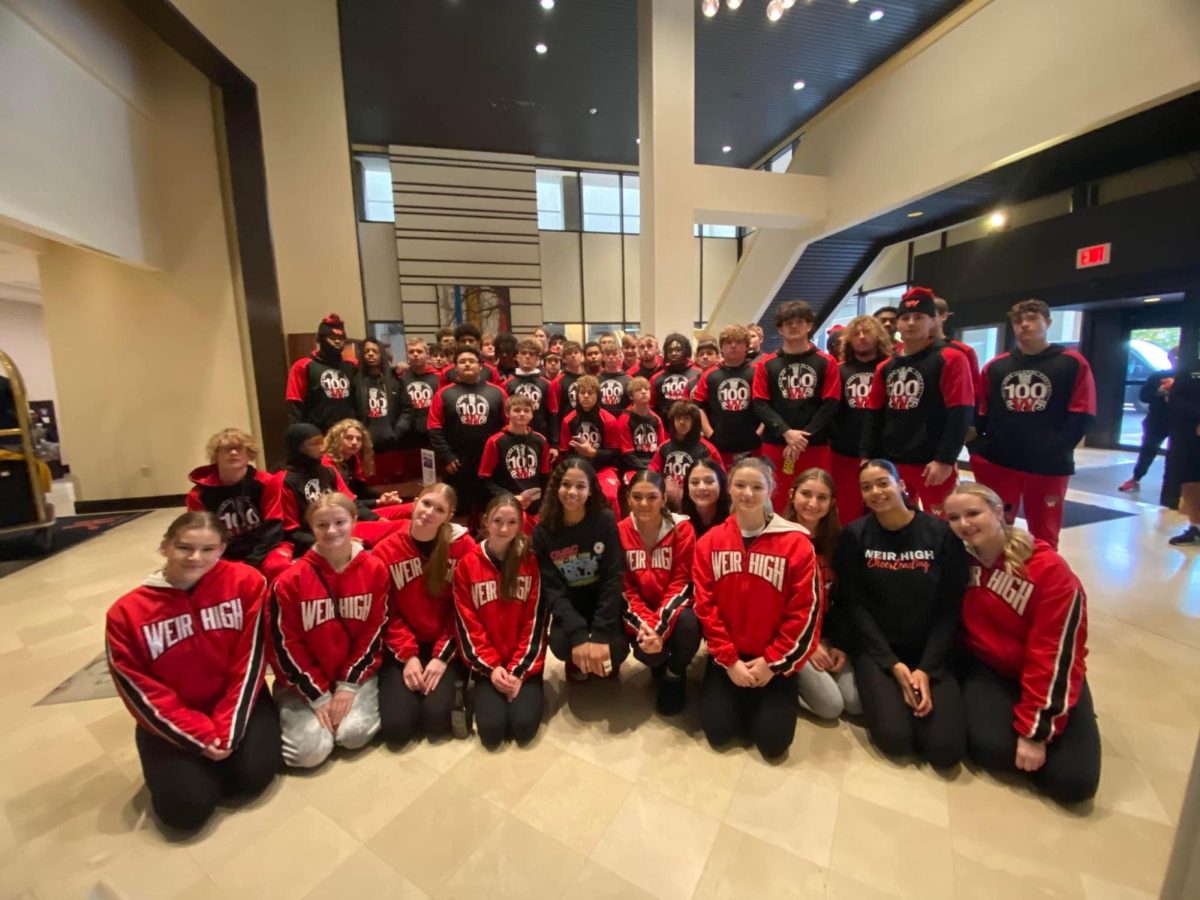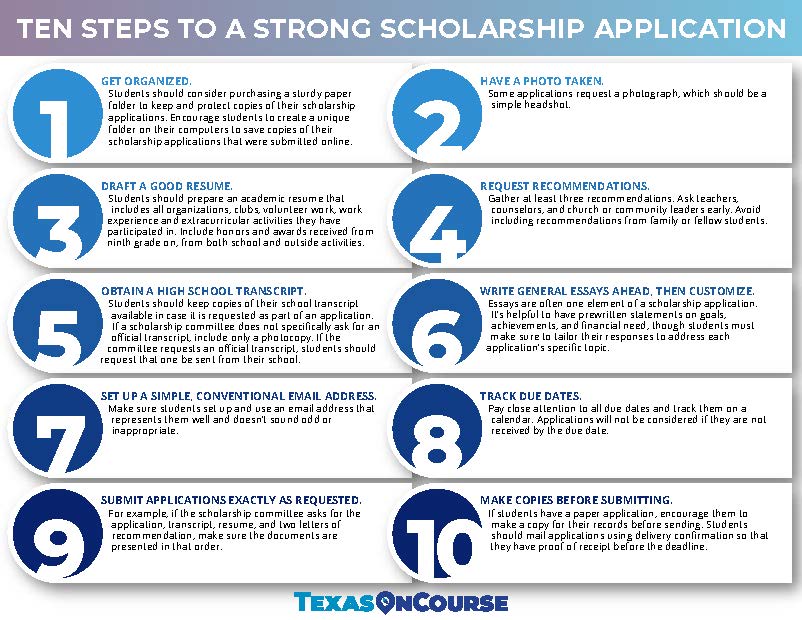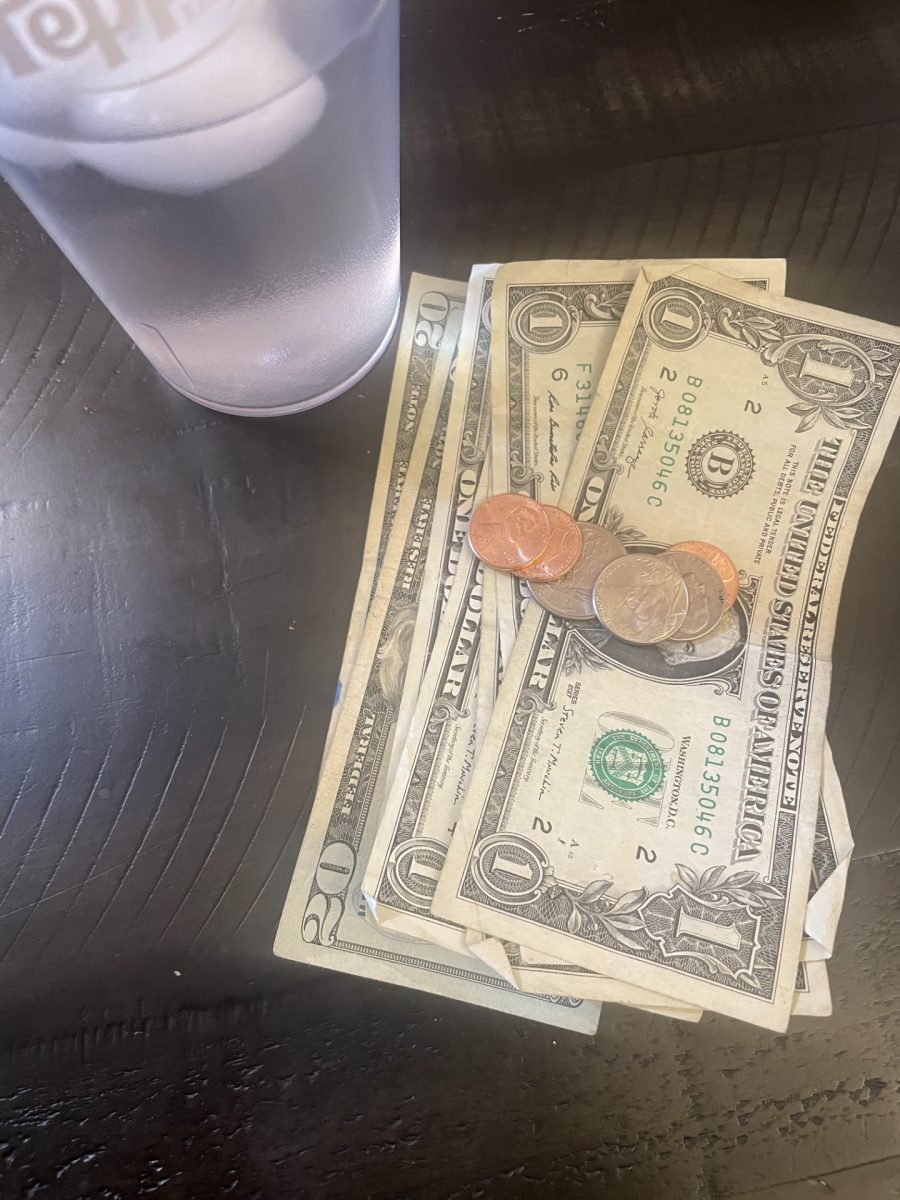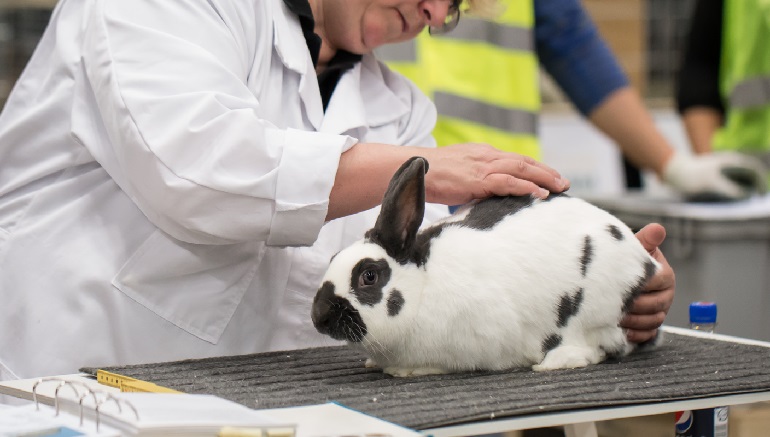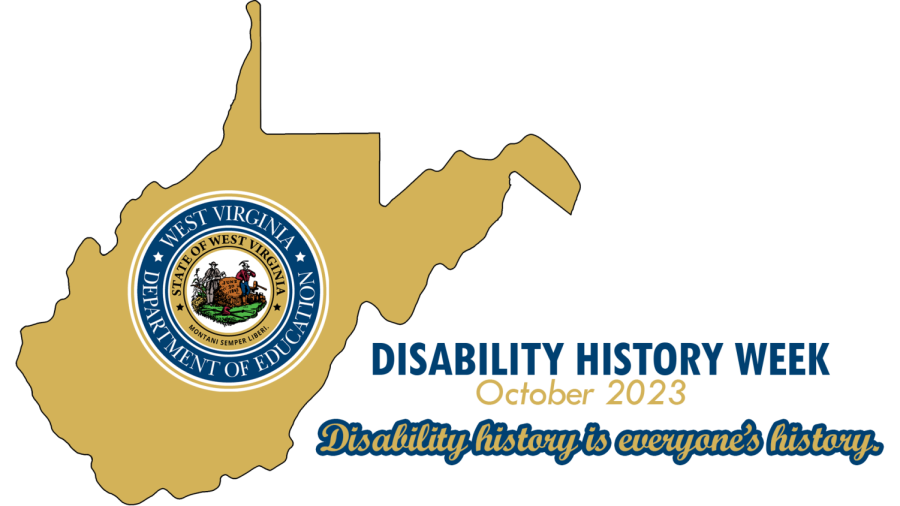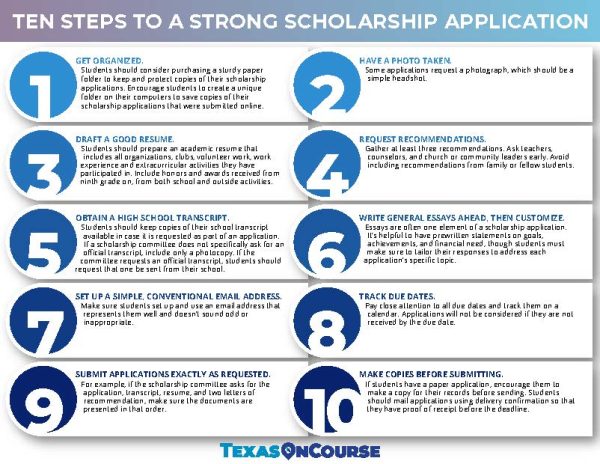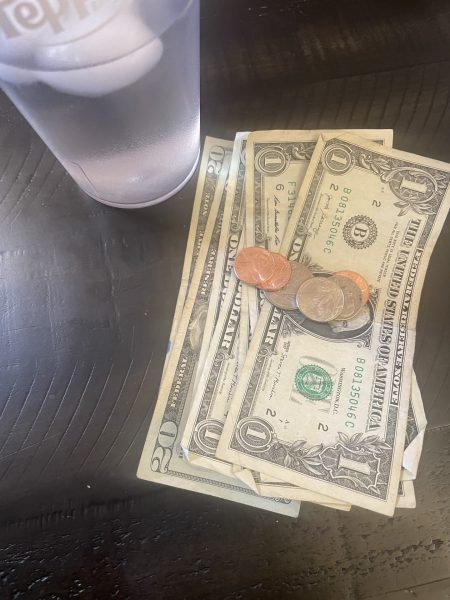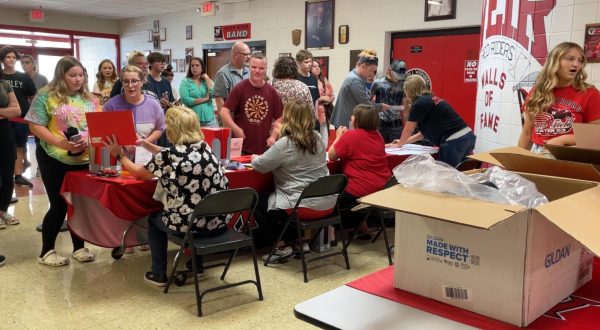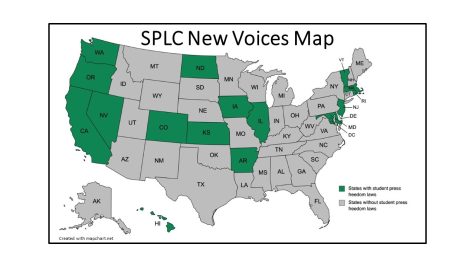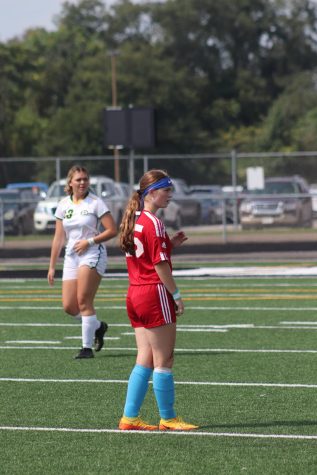Enough is Enough.
December 15, 2021
Content Warning: This article discusses sexual assault.
According to the CDC, Sexual Violence affects 1 in 5 women and 1 in 38 men. At a deeper look, 1 in 4 men have experienced sexual assault before the age of ten, and 1 in 4 between the ages of 11-17. On the other side, 1in 8 women have experienced it before the age of 10, and 1 in 4 between the ages of 11 and 17.
So how can we put an end to this in our community? How can we put an end to this in our generation?
By promoting healthy sexuality and discussing topics like sexual behavior, sexual communication, and respect and consent, we can teach people healthy relationship behavior. Schools can promote protective environments and address the problem. Regular everyday people can promote social norms that protect against violence.
We need to speak up against sexist language or behaviors that promote violence.
By being allowing to blatant sexist language and behavior, we are teaching each other and assuring the idea the sexual assault is okay. We are compliant.
According to a survey sent out, 54% of students in our school have experienced some form of sexual assault.
Only 22% of them reported it.
When asked why they didn’t report it, the common theme was fear of not being believed, or of worse happening.
38% of students who were assaulted were between the ages of 15-18 years old at the time of the assault.
31% of students were between the ages of 11-14.
19% were between the ages of 6-10.
And 12% of students were between the ages of 1-5 years old.
“You might blame yourself because of the situation…”, says Officer Gerard Spencer, who was filling in for Officer Kryz during his leave. ,”You are a victim no matter the situation. No means no, it’s your body.”
While interviewing him, he explained how most times, shock plays a huge role in telling someone what happened. Some people are embarrassed, some people are afraid to come forward and report a sexual assault.
Victims tend to blame themselves, thinking that they were assaulted because of where they were, who they were with, and what they were wearing.
“I don’t care what you were wearing. It wasn’t your fault.” – Gerard Spencer
Assistant principal, KellyLawton, shared how reporting sexual assault to the school works.
Step 1: Someone lets an adult know, and they are required to report it.
Step 2: Administration is notified
Step 3: Parents are made aware of the report, and law enforcement is involved
“We take every accusation seriously, and we deal with it very quickly.” She said.
Sexual Violence is something no student, no person, should ever have to go through. This is something very serious that can affect everyone. Every individual can do their part to put and end to sexual violence.
This is a word cloud created from the responses of students when asked why they were scared to report their assualt.




